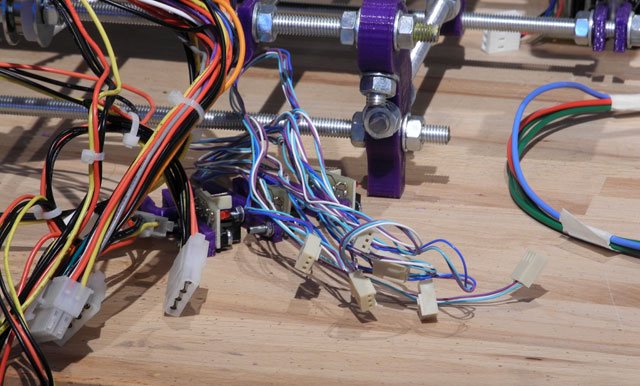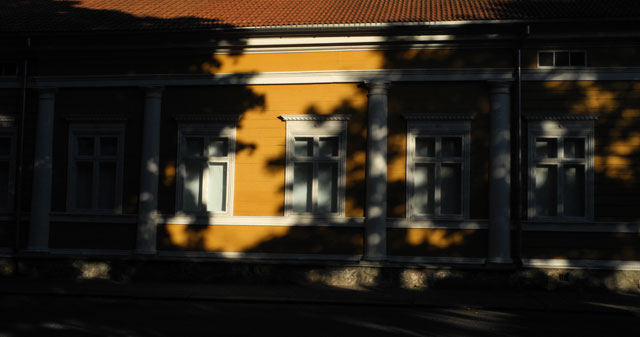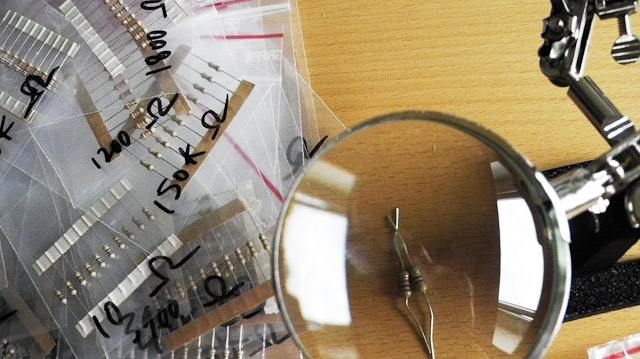It’s been a long road, but my Reprap Mendel Prusa 3D printer is finished and I’m printing stuff. There have been so many problems and fuckups along the way, that when I finally started printing stuff a week ago I didn’t think much of it, but with hindsight it was a Grand Moment™. I’ve joined the ranks of 3D printers. You may now commence the “oohing” and “aahing” I understand are my dues.
So far, with the exception of a frog and a replacement LM8UU Y axis holder, I’ve mostly been printing calibration cubes. These are shapes intended to troubleshoot your printer and give you an opportunity to get your Skeinforge/Sfact setting correct. As you can hear in the video there’s some rattling going on on the Z-axis, and I have some trouble with Y-alignment on some prints, but with lowered acceleration on Z and Y, and perhaps tightening of the belt on the latter, I think I’ll be able to print halfway decent parts.
Sara came over for a few days, and as any good boyfriend I set about making her feel comfortable helping out with the build. It was much appreciated as it often seems I have three hands too few to get something assembled. Making the print bed was slow going, and as I’m using plexiglass for print surface we broke off a couple of pieces before getting a more-or-less square one. The plexi is actually good for printing on cold, at least once the PLA starts sticking to it, but if your hotend gets too close the PLA fuses with the surface, and you’ll inadvertently run the head through the board which will create pockmarks in the surface, and possibly plug your nozzle with plexi — which is the reason I’m printing with the 0.5mm nozzle instead of the 0.35 I started with.
[x_video_embed no_container=”true”][/x_video_embed]
We were leveling the print table for a good two hours, and found that the design with springs between the lower and print bed wasn’t optimal, since the springs were unevenly springy. I had bought a whole kit with the suckers but none seem to fit well enough and give enough force to work. It’s a good design on paper, but we found that it was just easier to use two sets of nuts per fastener bolt. Protip: Get spanners which fit instead of fiddling with adjustable ones or pliers; it’ll save you so much time and temperament it’s worth the expense.
At this moment thanks might be in order. A great amount of those go out to Traumflug for design and massive help with the electronics, and Kliment, Triffid_Hunter, Action68 and everybody else who’s been quick to lend support in #RepRap on IRC or on the reprap.org forums. When you’re as ignorant of a subject as I was about the RepRap, you rely on the help and input of friends and strangers, and without the support of everyone from awesome girlfriend Sara to KKV electro to that guy who barely spoke English but cut me some metal rods, this project might have fallen over and not gotten up after any of innumerable stumbles.
Of course, thanks to the people here in Turku for providing an incentive to start this, as well as the means and time to finish it. Ultimately, bigup to Adrian Bowyer for getting the RepRap project started, as well as all those who keep improving upon it. I have a public presentation of the project on Thursday 6th October at 1800 in Gallery Titanik in Turku, and if you’re nearby I’d love to see you there.


